Are you familiar with the archetypes of MARVEL SNAP? Maybe you already know a thing or two about the kinds of decks and strategies that you can take on the ladder, but perhaps you'd like to get more acquainted with their way of doing things. If so, this article is for you.
In this article, we'll be breaking down one of the most popular Pool 1 archetypes: Zoo, a deck that's designed to swarm the board with small bodies then buff them up. We'll discuss what cards make it go and look at decklists that show off Zoo's flexibility by building on its inherent synergies with diverse strategies.
We should note that we are only breaking down the version of Zoo that uses Pool 1 cards - every card discussed in this article can be obtained before Collection Level 215.
Key Cards
While Zoo is a fairly flexible archetype, there are a number of cards (both Starter and Pool 1) that either define it or improve its chances better than similar options.
Key Starter Cards
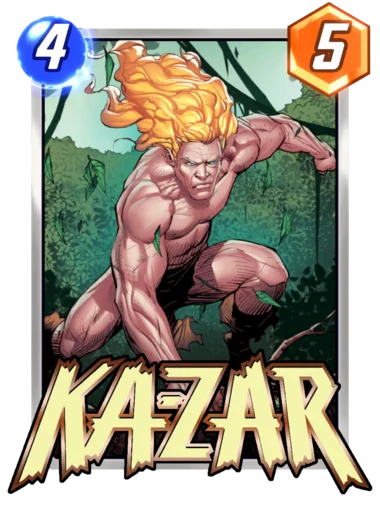 Ongoing: Your 1-Cost Cards have +1 Power.
Ongoing: Your 1-Cost Cards have +1 Power.
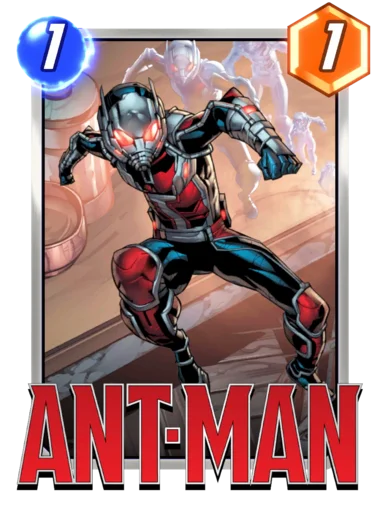 Ongoing: If you have 3 other cards here, +3 Power.
Ongoing: If you have 3 other cards here, +3 Power.
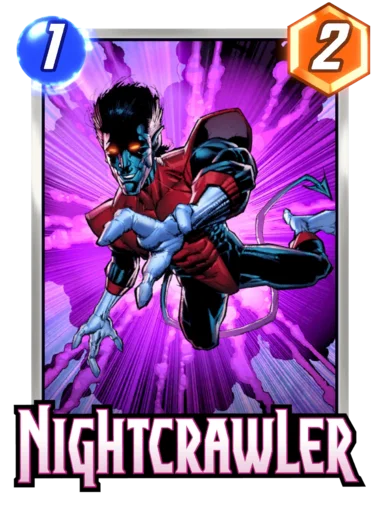 You can move this once.
You can move this once.
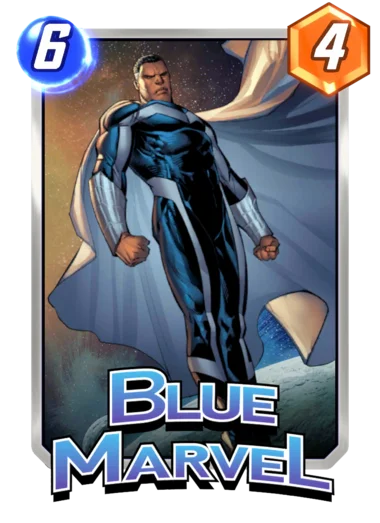 Ongoing: Your other cards have +1 Power.
Ongoing: Your other cards have +1 Power.
Ka-Zar is the engine that makes Zoo go; his persistent buff lets all of your 1 Cost cards punch above their weight so you can swarm more stats into every location. It's not really a Zoo deck if it doesn't have Ka-Zar.
Ant-Man is a very strong 1-Drop, and a huge payoff for the deck's ability to fill an entire location fairly cheaply. Playing him turn 1 to any location threatens your opponent with a huge Power presence there if left unchecked - just watch out for their Elektra.
Nightcrawler is incredibly flexible, able to clear up space in one location or get into a location that's otherwise locked out (like Sanctum Sanctorum), and being a 1-Drop means he gets extra power from Ka-Zar.
Blue Marvel is an AoE aura buff that increases the power of all your cards.
Key Pool 1 Cards
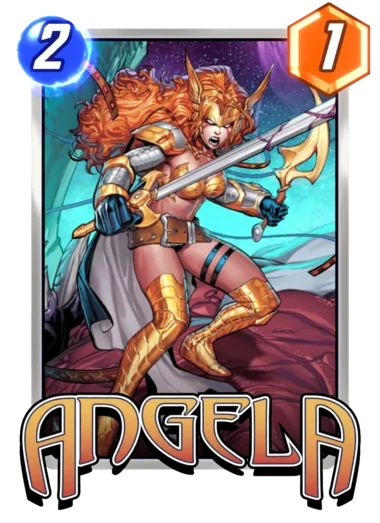 When you play a card here, +2 Power.
When you play a card here, +2 Power.
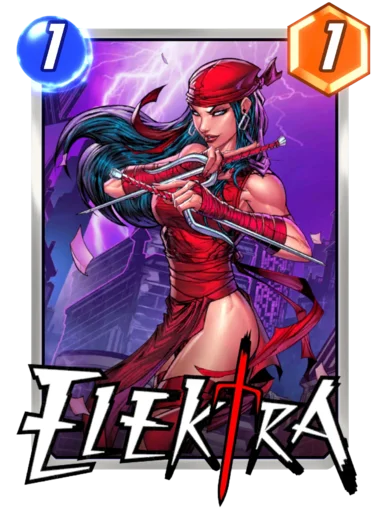 On Reveal: Destroy a random enemy 1-Cost card at this location.
On Reveal: Destroy a random enemy 1-Cost card at this location.
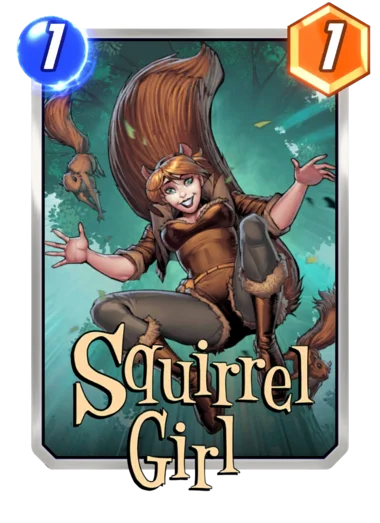 On Reveal: Add a 1-Power Squirrel to each other location.
On Reveal: Add a 1-Power Squirrel to each other location.
Angela is a cheap source of a lot of power - creating 7 (and sometimes more) Power at a location for the initial investment of 2 Energy. She plays exceptionally well with the cheap cards that Zoo runs.
Elektra, as a 1-Drop, is already a decent add for Zoo - but where she really shines is in sniping the opponent's Ant-Man or other key 1-Drop on turn 6 and swinging a location.
Squirrel Girl is the best token generator you can get in Pool 1, summoning two additional 1-Cost bodies to be buffed by Ka-Zar and Blue Marvel.
Cards to Consider
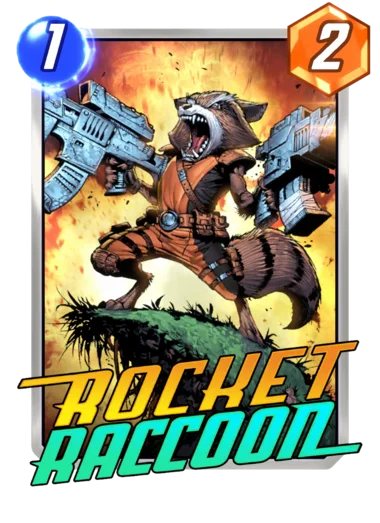 On Reveal: If your opponent played a card here this turn, +2 Power.
On Reveal: If your opponent played a card here this turn, +2 Power.
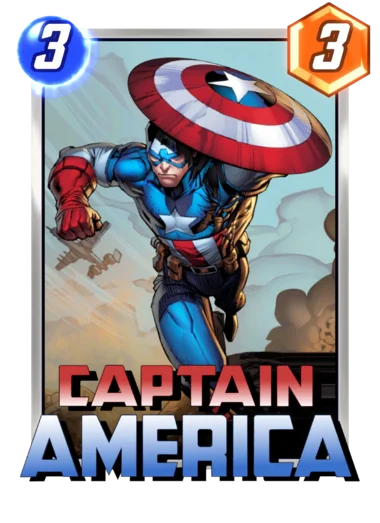 Ongoing: Your other cards at this location have +1 Power.
Ongoing: Your other cards at this location have +1 Power.
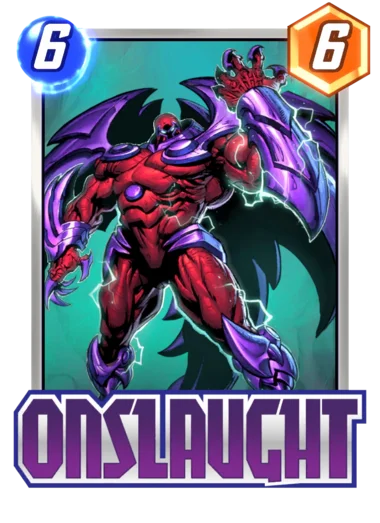 Ongoing: Double your other Ongoing effects at this location.
Ongoing: Double your other Ongoing effects at this location.
These cards aren't key to the Zoo archetype, but they're all worth a look when putting together your very own Zoo deck, because of how well they work with Zoo's game plan.
Thanks to Ka-Zar, nearly every 1-Drop in your collection is worthy of consideration, depending on what you want to be doing. Hawkeye and Rocket Raccoon provide good Power for their cost, while Yondu, Mantis, and Korg can be useful disruption effects. Nova, Angel, Blade, and Iron Fist are generally seen in specialized versions of Zoo, but still have a place in the archetype.
Captain America is great for buffing a number of small bodies at one location.
Wolfsbane gets a huge boost in Power if you play him to a location that's nearly full with your other cards.
Bishop gets stronger with every card that you play, and can sometimes swing a full location by gaining an extra Power or two.
Ironheart will give more Power to your cheaper cards.
Onslaught is a very powerful finisher that doubles the buffs of Ka-Zar and Blue Marvel.
Zoo decks also like to run one or two higher Cost cards that have a lot of Power on their own to help win locations in the endgame, but we'll discuss those specific options when looking at the decklists.
A Menagerie of Zoo Decks
Not every Zoo deck is built the same way. There are a lot of ways to experiment within the confines of the Zoo archetype, as we're about to see from these four decks. This is not the end-all, be-all: there are still plenty of ways to put your personal spin on the decks on display, or to build your very own Zoo deck from the shells shown below. Think of these decklists as the starting point for your very own trip to the Zoo.
No Frills Zoo
This deck is one of the tamer takes on the Zoo archetype, running a clutch of 1-Drops for Blue Marvel and Ka-Zar to buff, and building on the presence of those cheap cards with Angela, Captain America, and Wolfsbane.
The unique aspect of this Zoo deck is America Chavez, a guaranteed turn 6 play that serves as a big body to slam onto a contested location. Also, because you can't draw her until turn 6, you're more likely to find the key pieces of your deck before it's too late.
Onslaught Zoo
This deck, shared by Second Dinner's own Tian Ding, sticks pretty close to the foundational Zoo strategy, but with a few tricks up its sleeve.
This deck looks toward getting more stats on its smaller number of 1-Drops, with Captain America and Ironheart serving as mid-game plays to buff them. Then, turn 6 Onslaught will double your buffs, if you play your cards right. Plan your early turns with Onslaught in mind, making sure to put multiple powerful Ongoing effects at one location while leaving space for the 6-Drop.
Strong Guy Zoo
This take on Zoo gets a little more interesting, with a small Discard synergy designed to create a huge Power swing on turn 6 with Strong Guy.
The plan is to use your 1-Drops as tools for triggering the Power-Ups of Angela and Bishop - which will sometimes mean skipping turn 1 if you have the 2-Drop in hand. In the late-game, this deck goes in for getting a lot of Power at a location with a single card, either with the big body of Jessica Jones or the aura effect of Iron Man - he's always a good turn 6 default if you can't get your hand empty for Strong Guy.
The mini Discard package of Blade is integral to Strong Guy's strength in this deck. In most games, you'll want to hold on to Blade (even if he's your only 1-Drop on turn 1) because your best time to play him will be on turn 6, when his Discard effect no longer matters and you'll have a better chance of guaranteeing that he empties your hand for Strong Guy.
Carnage Nova Zoo
Our last Zoo deck to spotlight adds in yet another AoE buff from the Nova into Carnage combo. Carnage also brings a big body of its own, a 5 Power 2-Drop (if he only destroys Nova), that could be even bigger if he eats a Squirrel token or Ironheart. Because of Carnage, you have to plan very carefully where you play your cards; it's a good idea to leave one location less developed than the others so you can drop your Nova/Carnage there without incurring a large loss of Power.
Like the first zoo deck, the big body of choice is America Chavez because she gives you the chance to find your other key cards (like the Nova/Carnage combo) while also serving as a big Power swing on turn 6.
And that's only the tip of the iceberg when it comes to Pool 1 Zoo decks; there's no end to the number of things you can do with a Zoo deck, if you know what you're doing.
Now that you've gotten to know Zoo, perhaps it's time to take it onto the ladder?
Have your own Zoo list that you can't wait to share with everyone? Add it to the site with our MARVEL SNAP deckbuilder, and don't forget to add a guide!
Are you a Zoo Master? Share your thoughts and expertise in the comments!
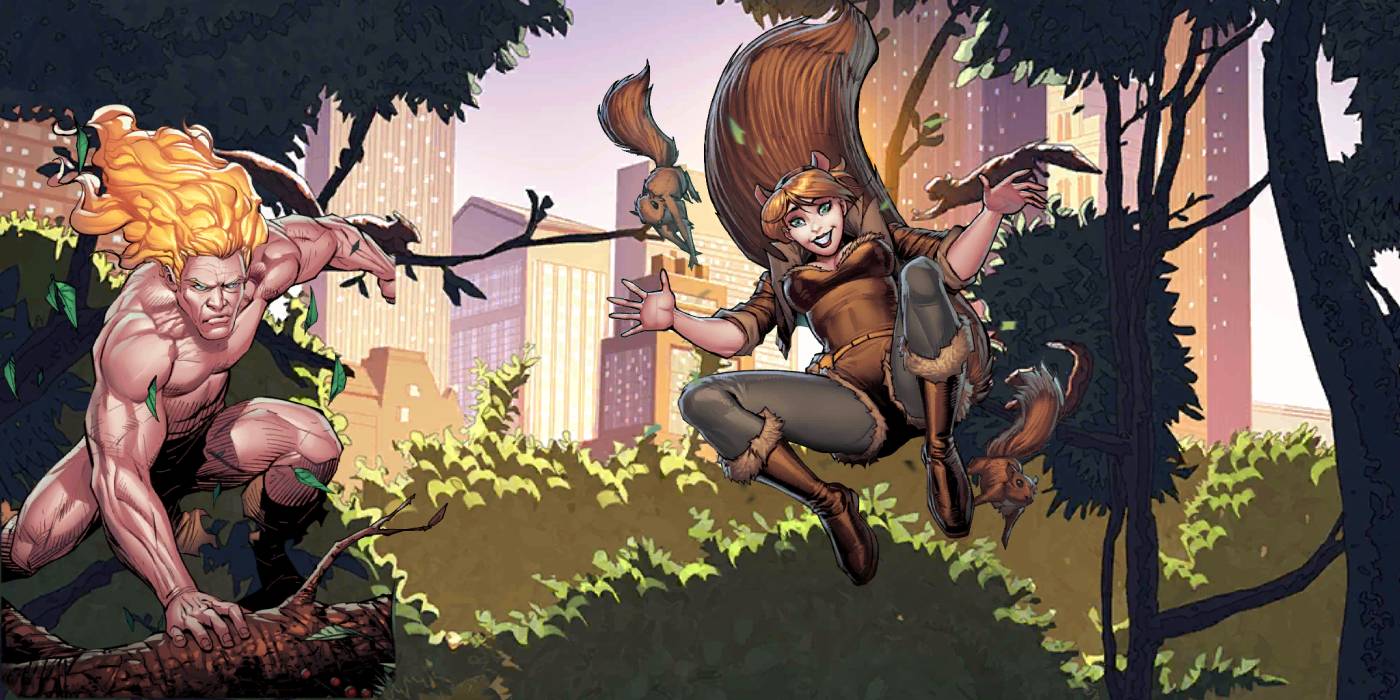
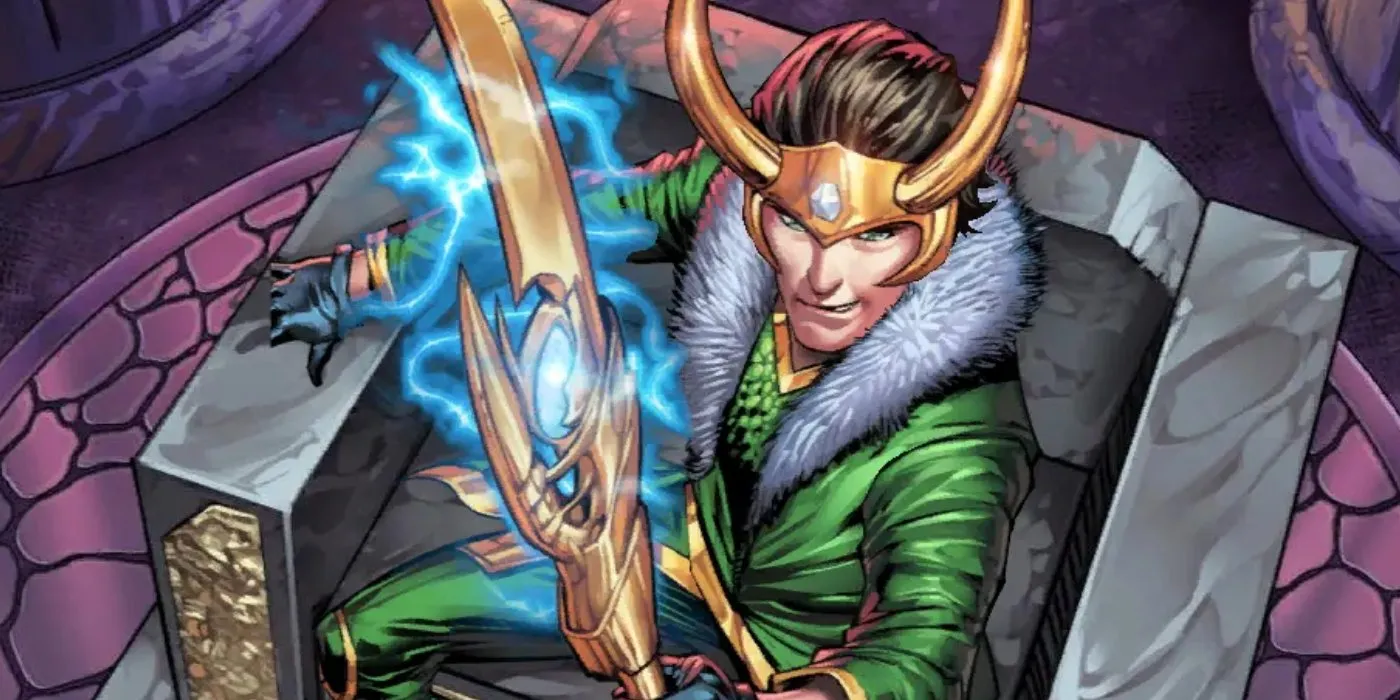
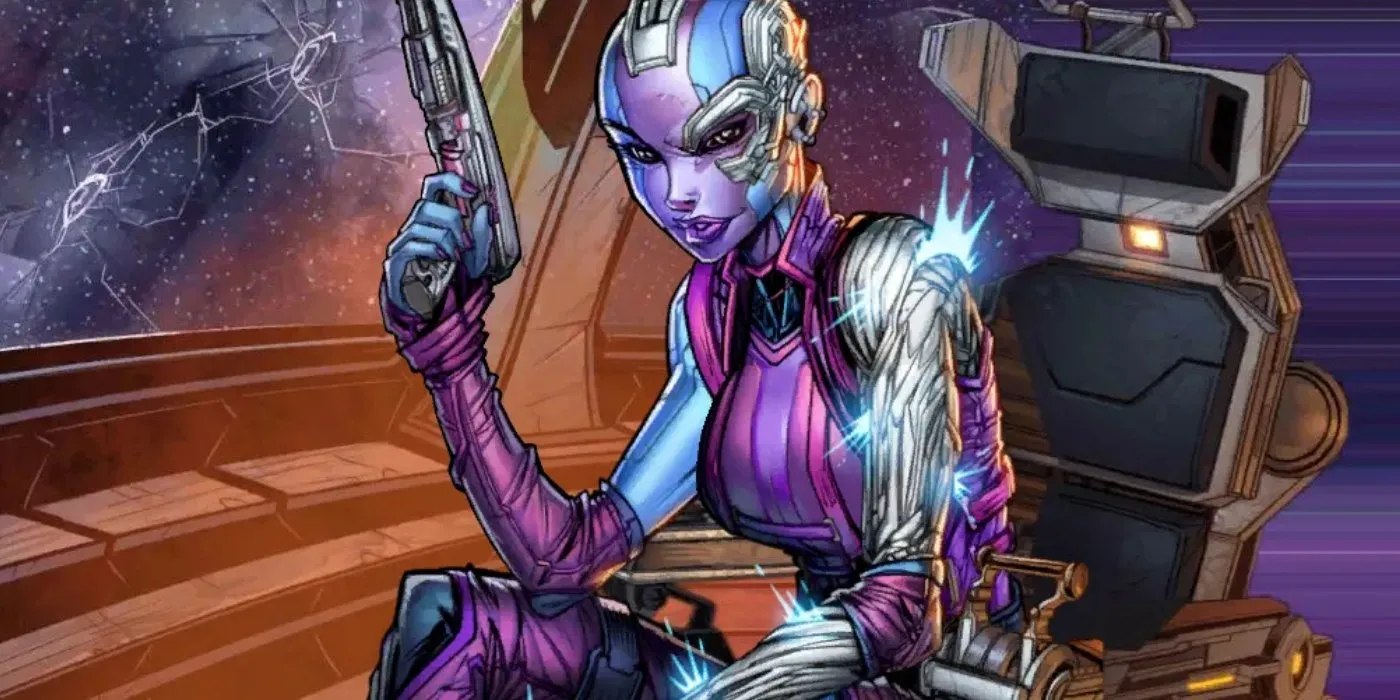
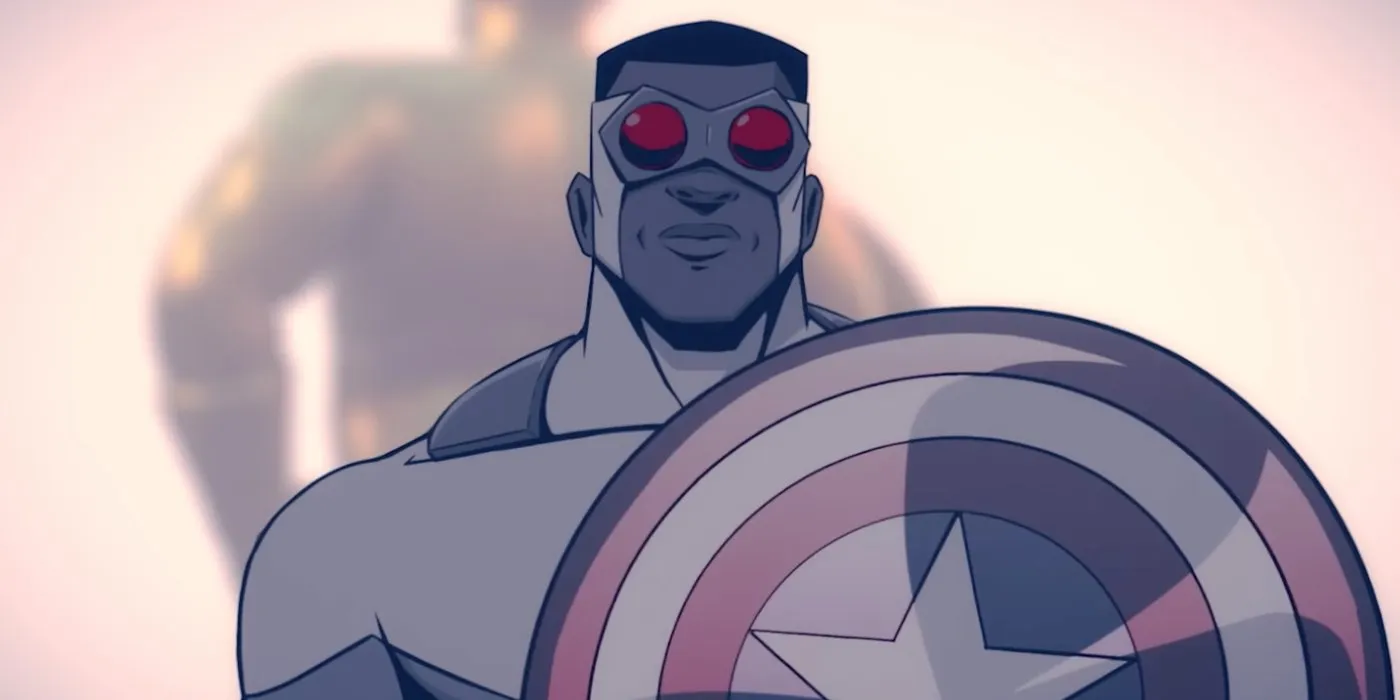
Comments
Those Zoo decks are cool and all but all it takes is one Killmonger and you lose the game.
Yes, but the whole point of Marvel Snap is short games with a high level of chaos. Every deck has a strong potential counter out there.
Killmonger is pool 2, baby! Most folks reading this can worry about him later, including me.
I'm enjoying all the Snap content bois! I've been in CCG hibernation for awhile, but I am really loving this game. The Brodeskis at Second Dinner really created something special, and I hope it continues to thrive!
Just curious what determines which games get hosted on Out of Cards.
Do you judge solely on playing the game extensively yourself or only put with your peers recommendation?
I can't speak for everyone here, certainly, but I think it comes down to a combination of "we play the game", "we only have so many people currently/we need to prioritize", and "it's big/popular". The latter is self-explanatory, but having staff members who actually play the games in question is a big help, in my opinion, for a couple reasons:
These three ideas work in unison and contribute to some extent toward what we report on on the website. We lost the people who were enthusiastic about Magic the Gathering, and in turn the quality and quantity of our MtG articles went down. I'm not trying to bash anyone or provide excuses: it's a simple fact that we don't have the resources to elevate our Magic game, so it falls to the side as we turn our attention to other things. That leaves the remaining Big Four: Hearthstone, Legends of Runeterra, Yu-Gi-Oh Master Duel, and now Marvel Snap. Snap is "the new hotness" and many of us on the staff enjoy it, so...there you have it :)
Thanks for the detailed reply.